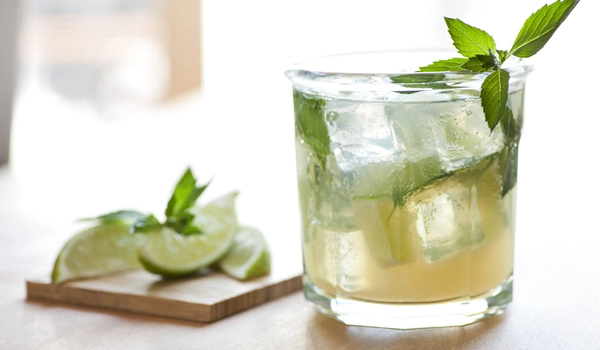Reducing sugar intake is a growing concern for many people as excessive sugar consumption has been linked to numerous health problems such as obesity, diabetes, and heart disease. However, finding the sweet spot in sugar reduction can be challenging as sugar plays an important role in the taste, texture, and preservation of many foods.
Putting less sugar in sodas and reducing the package size of sodas sold in supermarkets may help reduce our collective sugar intake and thus lower the associated health risks. Good news for consumers, but how does it affect manufacturers? According to research conducted in the United States, marketing diet or sugar-free varieties does not result in an increase in the overall turnover of soda manufacturers. This is because consumers frequently switch from sugary to sugar-free versions of the same brand. However, decreasing the size of a soda package has a positive effect on the brand’s overall sales figures. These are the findings of a new study by marketing researchers Jonne Guyt (UvA) and Kristopher Keller (University of North Carolina at Chapel Hill), based on US data. The findings are about to be published in the Journal of Marketing.
Excess sugar consumption is a worldwide issue. It can cause a variety of health problems, including diabetes and cardiovascular disease, putting an additional strain on the healthcare system. ‘Over the years, companies like PepsiCo have reduced the sugar content of their products while also marketing their best-known brands in smaller packages more frequently. Although the average sugar content has not been reduced, the consumer’s sugar intake per product has decreased in absolute terms,’ Guyt explains.
‘Soda manufacturers must strike a balance between lowering the sugar content of their products on the one hand and maintaining or increasing their turnover on the other. This can be challenging if consumers reject less sugary alternatives.’ Guyt and Keller used data from the United States to investigate whether soda manufacturers’ sugar content reduction strategies had an effect on sales, and if so, under what conditions.
While lowering the sugar content of sodas leads to lower sugar consumption, replacing a sugary drink with a new diet or sugar-free version rarely affects the producer’s bottom line.
Jonne Guyt
Cannibalization
‘While lowering the sugar content of sodas leads to lower sugar consumption, replacing a sugary drink with a new diet or sugar-free version rarely affects the producer’s bottom line,’ Guyt says. ‘This is due to brand cannibalization: increased sales of the new diet version cancel out reduced sales of the sugary version of the same drink.
Clearly, this is good news for consumers in terms of health, but it is less appealing in terms of the brands’ overall results. They make more money selling sugary drinks. However, we discovered that marketing the new drinks in smaller packages, such as what Americans call “mini cans” of 7.5 and 8 fl oz (around 240 ml), leads to an increase in overall sales figures for the brands. This can be explained by the fact that these packages are just as popular with consumers as the larger packages of competing brands that they previously purchased. Overall, the situation benefits both consumers and producers.’

‘Fun’ instead of ‘healthy’
Among the other findings was the importance of a brand’s product strategy. The researchers discovered that sodas with less sugar sold better when marketed with an enjoyment claim, such as ‘sweetened with sugar,’ and worse when marketed with a health claim, such as ‘no sugar’. When marketed under the parent brand rather than a subordinate brand, these products sold better.
‘Sugar content reduction efforts are noticeably more effective when not overly focused on,’ says Keller. Coca-Cola’s Zero Sugar product line is an excellent example. In 2021, the range was redesigned to look more like “regular” Coca-Cola, rather than the previous Coca-Cola Zero.’ Smaller packages are also more effective when marketed as a fun, high-quality alternative rather than a healthier option. When smaller packages are sold as single products rather than as part of a multi-pack, sales figures increase even more.
Not as mini as it sounds
Guyt and Keller analyzed sales figures for almost 130,000 newly launched sodas produced by around 80 brands and sold in US supermarkets over a period of 11 years. They enriched the data with information about the sugar content of the various sodas. In addition, they looked at the brands’ product strategies: labeling (enjoyment or health claim), branding (parent or subsidiary brand), and packaging format (single product or multi-pack).
‘The packages used in the United States are larger than those used here,’ says Guyt. For example, a “mini size” of 8 fl oz is nearly 240 ml, whereas most cans sold in Dutch supermarkets nowadays are 250 ml, and Dutch mini packages are only 150 ml. In addition, Americans buy far more in bulk than Dutch consumers.’ As a result, applying the findings directly to the Dutch situation should be done with caution. Nonetheless, Guyt believes they can be useful in this situation as well. ‘We know that sodas are not the healthiest option, but people continue to consume them in large quantities. My hope is that our research will raise consumer and producer awareness.’
















